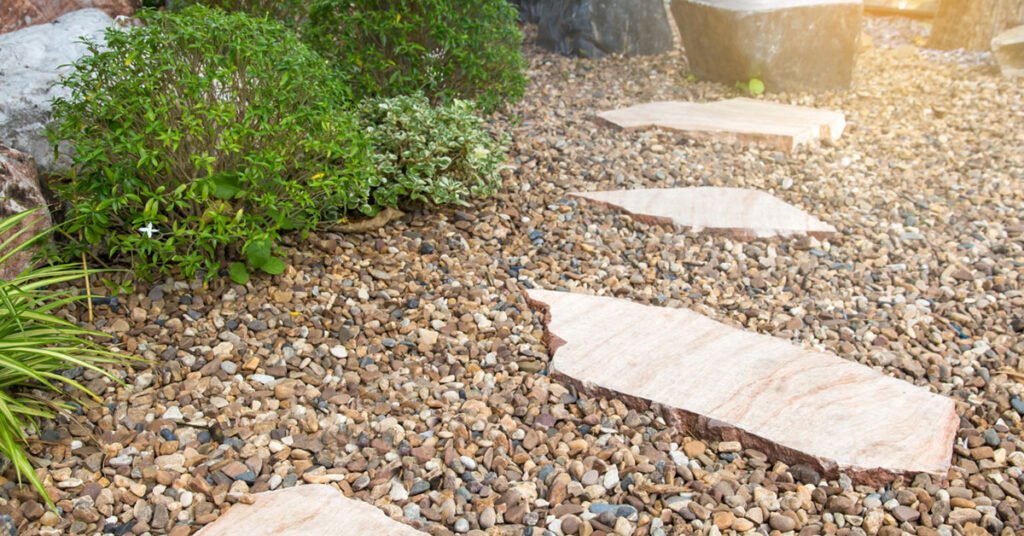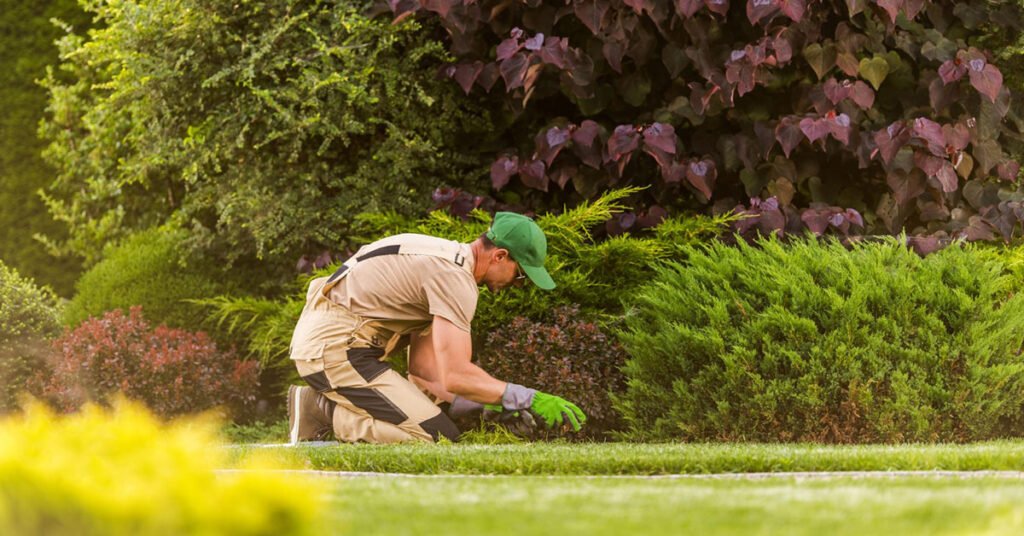In the world of landscaping, there’s a plethora of materials and techniques used to create stunning outdoor spaces. One material that has gained popularity in recent years is decomposed granite, often referred to as DG. If you’re considering a career in landscaping or simply want to enhance your knowledge of the field, understanding the role of DG is essential. In this guide, we’ll delve into what is DG in landscaping, its uses, benefits, and how it can elevate your landscaping projects. Let’s get started.
What is DG in Landscaping
Decomposed granite, or DG, is a type of granitic rock that has weathered and broken down into small, sand-sized particles over time. It is commonly found in areas with granite deposits and is harvested from quarries. DG comes in various colors, including shades of brown, gray, and gold, offering versatility in landscaping designs.
Uses of DG in Landscaping
- Pathways: One of the most common uses of DG is for creating pathways in gardens, parks, and residential landscapes. Its compact nature provides a stable surface for walking while adding a natural aesthetic to the surroundings.
- Patios and Courtyards: DG can be used to create rustic patios and cozy courtyards, providing a visually appealing alternative to traditional paving materials like concrete or bricks.
- Driveways: In areas with low traffic, DG can be used as a durable and cost-effective alternative to asphalt or concrete driveways. Proper installation and maintenance are crucial to ensuring longevity and stability.
- Mulch Replacement: DG serves as an excellent replacement for organic mulch in garden beds and around trees and shrubs. It helps retain moisture in the soil, suppresses weed growth, and adds a decorative element to the landscape.
- Erosion Control: Due to its ability to compact and bind together, DG is often used for erosion control on slopes and hillsides. It stabilizes the soil and prevents runoff during heavy rainfall.
Benefits of Using DG in Landscaping
- Natural Appearance: DG blends seamlessly with natural surroundings, creating a cohesive and harmonious landscape design.
- Low Maintenance: Unlike traditional hardscape materials, DG requires minimal maintenance. Occasional re-leveling and replenishing may be necessary, but overall upkeep is relatively simple.
- Permeability: DG allows water to penetrate through to the soil beneath, promoting healthy root growth and reducing water runoff.
- Cost-Effective: Compared to other paving materials, DG is often more budget-friendly, making it an attractive option for landscaping projects with limited funds.
- Environmentally Friendly: Since DG is a natural material, it has minimal impact on the environment compared to synthetic alternatives.
Tips for Working with DG in Landscaping
The following are some of the best tips that you should follow to work with DG in landscaping.
1. Proper Installation Technique
Before laying decomposed granite (DG), it’s crucial to prepare the ground adequately. Start by excavating the area to the desired depth and compacting the soil underneath to create a stable base. Next, lay down a landscape fabric or weed barrier to prevent weed growth and help stabilize the surface.
Spread the DG evenly across the area and compact it thoroughly using a hand tamper or mechanical compactor. This ensures a level surface and minimizes the risk of erosion over time.
2. Edge Restraints
To maintain the integrity of DG pathways or patio areas, install sturdy edge restraints along the perimeter. These can be made of metal, plastic, concrete, or natural stone and serve to contain the DG and prevent it from spreading or eroding.
Properly installed edge restraints also enhance the visual appeal of the landscaping design while providing structural support to the DG surface.
3. Weed Control
Despite the presence of a weed barrier fabric, occasional weeds may still emerge through the DG layer. It’s essential to regularly inspect the area and manually remove any weeds that appear to prevent them from taking root.
Additionally, consider applying a pre-emergent herbicide specifically formulated for use on DG surfaces to inhibit weed growth. Follow the manufacturer’s instructions carefully and avoid overspray onto surrounding vegetation.
4. Maintenance Routine
To keep DG pathways and patio areas looking their best, establish a regular maintenance routine. Periodically rake the surface of the DG to redistribute any displaced material and maintain an even appearance. Replenish the DG layer as needed to fill in areas that have become compacted or eroded over time, ensuring a level surface and minimizing tripping hazards.
Be vigilant for signs of erosion or settlement along the edges or low spots of the DG surface and address any issues promptly to prevent further damage.
5. Safety Precautions
When handling decomposed granite, prioritize safety by wearing appropriate personal protective equipment (PPE). This includes gloves, safety glasses, and a dust mask to protect against abrasions and inhalation of dust particles.
Avoid working with DG on windy days to minimize dust dispersal, and consider dampening the material with water before installation to reduce airborne dust levels.
6. Compatibility with Surrounding Elements
When incorporating DG into your landscaping design, consider how it complements the surrounding elements. Ensure that the color, texture, and overall aesthetic of the DG harmonize with existing features such as plants, hardscape materials, and architectural elements.
Experiment with different colors and textures of DG to achieve the desired visual impact and create a cohesive outdoor environment.
7. Weather Considerations
Be mindful of weather conditions when planning your DG installation. Avoid installing DG during periods of heavy rain or extreme heat, as these conditions can affect the compaction and stability of the material.
If rain is forecasted shortly after installation, cover the DG with a tarp or plastic sheeting to protect it from erosion and wash it out until it has fully settled and bonded to the underlying substrate.
Read More: How To Landscape Around A Tree with Exposed Roots
Conclusion
Decomposed granite is a versatile and aesthetically pleasing material that holds immense potential in landscaping projects. Whether you’re creating pathways, patios, or garden beds, DG offers a natural, low-maintenance solution with numerous benefits. By understanding its uses, benefits, and proper installation techniques, you can harness the power of DG to elevate your landscaping endeavors and create breathtaking outdoor spaces.



